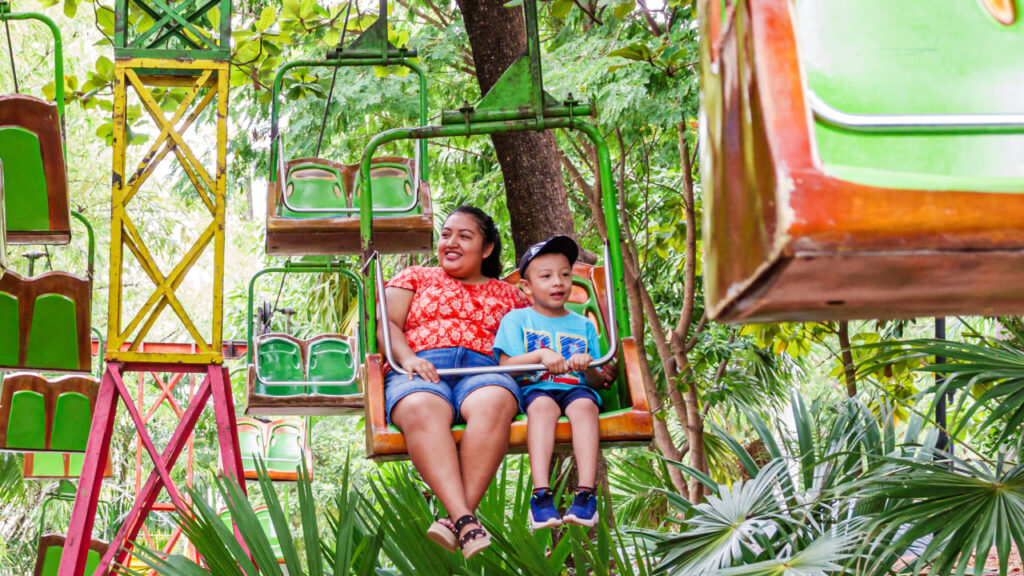Latin America’s First Slow City Was Built by a Woman Who Chose Purpose Over Pace
“That it will never come again is what makes life so sweet,” wrote American author Emily Dickinson in 1862. More than a century later, her words still echo in a world obsessed with acceleration. But in a small town tucked away in the Colombian Andes, time decided to stretch itself again.
In Pijao, the first slow city in Latin America, living without hurry has become a form of resistance—a cultural, environmental, and emotional act of recovery.
A return home that changed everything
When journalist and communications specialist Mónica Flórez returned to her hometown of Pijao in 2006 after two decades in cities like Bogotá, Armenia, and even the United States, she found a place in crisis.
The once-prosperous coffee town had been hit hard by the collapse of Colombia’s coffee economy, the 1999 earthquake that devastated Armenia, and a guerrilla invasion two years later. “If you had come here when I returned,” Flórez told Cittaslow, “you would have seen a total abandonment of the architecture, the parks, the streets.”
But what began as personal heartbreak soon became the seed of a collective transformation.
Determined to rebuild her town’s identity, Mónica discovered the Italian-born Cittaslow movement, a global network of small towns committed to slowing life down in favor of community, culture, and sustainability. The name combines the Italian città (city) and the English slow, an antidote to modern life’s obsession with immediacy.
How a coffee town became a slow city
According to Colombia’s Ministry of Culture, joining Cittaslow required meeting dozens of environmental and social goals: promoting green spaces, reducing noise pollution, recycling, protecting local traditions, and prohibiting genetically modified foods.
Flórez began training local residents in a range of topics, including eco-tourism, composting, and architectural preservation. “We brought a volunteer from a Spanish fair-trade organization who trained 1,500 people—from bar owners and students to the police and the army—about what Cittaslow means,” she said.
She also emphasized the town’s colonial architecture, often dismissed by residents as “old shacks.” “We started talking about the value of the wood, the design, the innovation in these houses,” Flórez said.
Eight years later, in 2014, Pijao officially became part of the global Cittaslow network, marking a turning point not only for the Quindío region but also for Latin America as a whole.
Inside Colombia’s first slow city
Per Semana, Pijao, located an hour south of Armenia, has become a living example of controlled, eco-conscious tourism. Its 5,400 residents live surrounded by lush coffee hills, birdsong, and architecture built to last generations.
Photographer and birdwatching guide John Gallego described it best: “I lived in a world where speed and rush are a culture that suffocates you. Slow life means being able to stop and take a pause to enjoy friends, coffee, food, family, nature, and a sunset.”
That philosophy extends into local businesses like La Tienda del Buen Vivir, run by Mónica’s sister Cristina Flórez, a barista and coffee roaster. “We have ten specialty coffees from ten entrepreneurial families, mostly women,” she explained to Semana. “We’re also supporting young people because we want to keep coffee culture alive.”
Cafés, eco-lodges, and artisan shops now thrive in Pijao, not through mass tourism, but through meaningful tourism. “Ninety percent of the hostels here were opened after joining the network,” recalled former mayor Alberto Peña, “but they’re run by locals or people who came back to rebuild their town.”
Slow living as an act of resistance
Living without hurry, in Pijao, is also a political statement.
In 2017, when multinational companies proposed mining projects, residents organized a community referendum. Ninety-seven percent voted no. “Cittaslow focuses on landscape conservation,” said Flórez. “If mining destroys the landscape, it destroys tourism, water, and food.”
That same environmental awareness now fuels her latest fight against the expansion of monoculture crops like Hass avocado. “We’ve become obsessed with exporting to China,” she told Colombia’s Ministry of Culture, “but we’re forgetting that the land is finite.”
Today, Mónica leads the Red de Viajes Slow, a collective promoting sustainable tourism across Colombia. Their symbol? A sloth, naturally.
What living without hurry looks like
Visitors who come to Pijao looking for luxury often leave with something else: perspective.
As travel site My Trip to Colombia observed, “In Pijao, there are no honking cars or billboards shouting offers. Everything invites you to walk, to smell the coffee, to look at the sunset, and to recover control of your own time.”
Around the central plaza, locals sip coffee brewed from nearby farms, listen to old tangos at Bar Los Recuerdos, and watch herons return to the same tree each evening. Even the town’s clock, frozen at 7:25 for years, feels symbolic. After all, time in Pijao moves differently.




